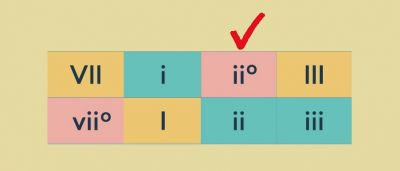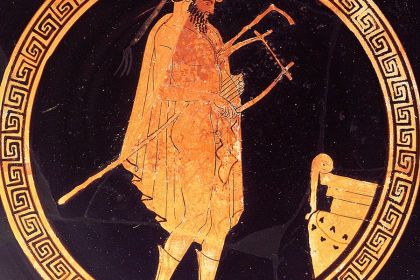Music Theory
Supertonic chords: types and usage

Roman numerals indicating chords of minor and major scales
In musical theory, the supertonic is the second degree of a diatonic scale—the scale that consists of seven notes per octave. A triad rooted in the supertonic note is called the supertonic chord which is indicated by a Roman numeral "II" if the chord is major or "ii" if the chord is minor.
The supertonic chord quite often appears in popular songs written in the major mode while in classical music the supertonic is an essential element of cadence that ends the entire work or its section.
In the major mode, the supertonic is a minor chord and its use is not burdened with any particular difficulties as the chord can appear both in the root position and in any of its inversions.
In the minor mode, certain inconveniences arise with the usage of the supertonic since the chord is diminished and rarely performs in its root position. The dissonant sound of the diminished supertonic triad gave rise to a tendency of lowering the second degree of the natural minor scale in order to turn the supertonic chord into a major one. The practice of alteration of the second degree came from the Phrygian mode, and the major chord built on the lowered second scale degree is called the Neapolitan chord.
In terms of harmonic analysis, the supertonic chord represents the subdominant function and is often used in conjunction with the subdominant chord built on the fourth degree. In case when the supertonic precedes the subdominant ii–IV, music receives an impetus for further development, while the inverse sequence IV–ii gives listeners the expectation of the imminent end of a musical sentence.
Since the supertonic lies a fifth above the dominant chord, the resolution ii–V is the most natural hence the frequency of its appearance in various cadences such as:
- IV–ii–V–I
- vi–ii–V–I
In classical music, the supertonic mostly appears as the seventh chord and its inversions, while pop songs rarely follow the theory and show the free use of all types of supertonic chords.



